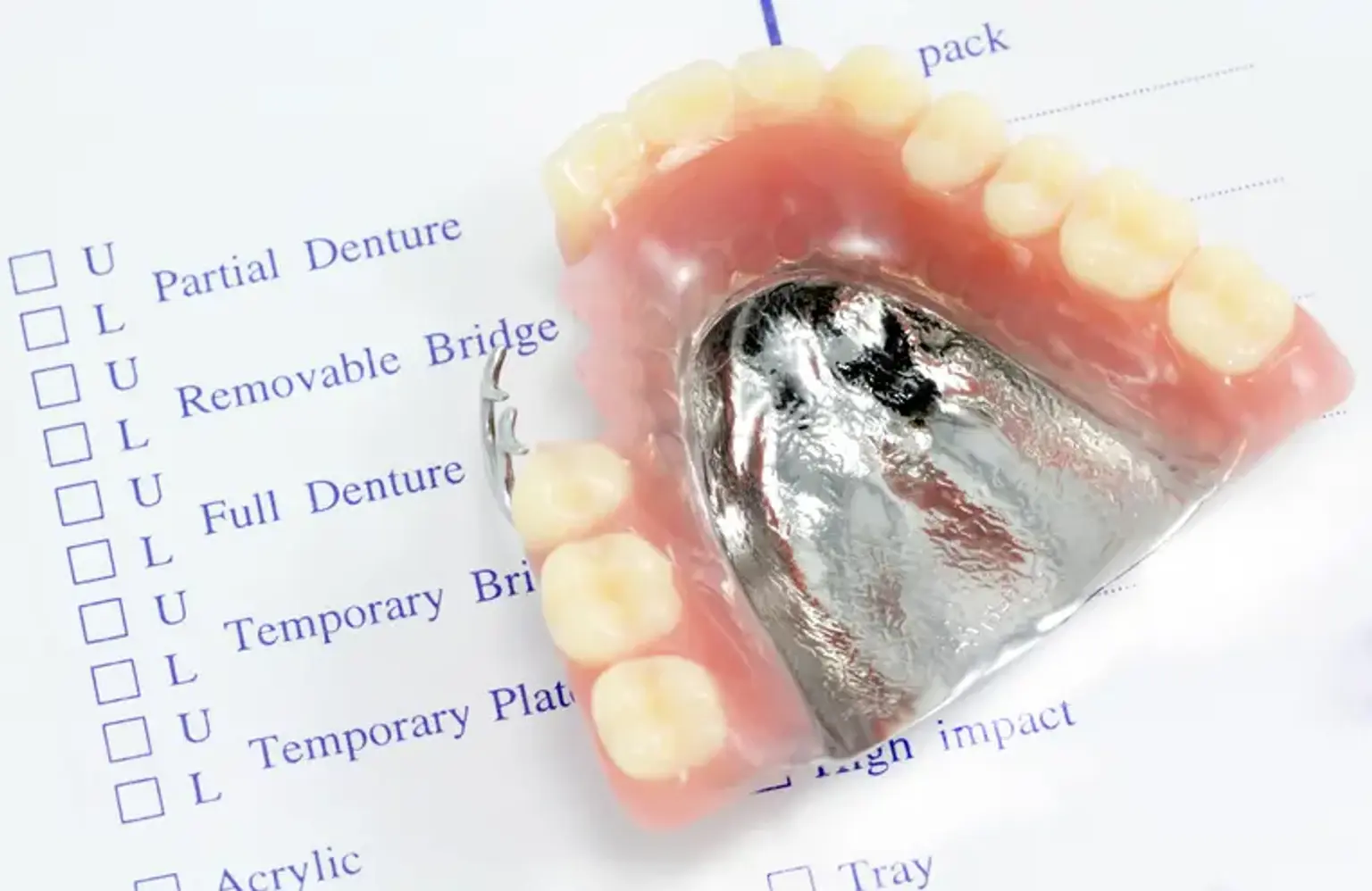Cast Partial denture
Overview
A denture is a removable plate or frame that retains prosthetic teeth to replace lost teeth. Cast partial dentures are for adults over the age of 65 who are missing many teeth. The patient can remove and replace these dentures. Removable partial dentures with cast metal frames provide a number of benefits over traditional partial dentures. The frames of these dentures are custom-made to match the teeth. Because they sit on and are attached to the teeth, they are extraordinarily stable and retentive.
